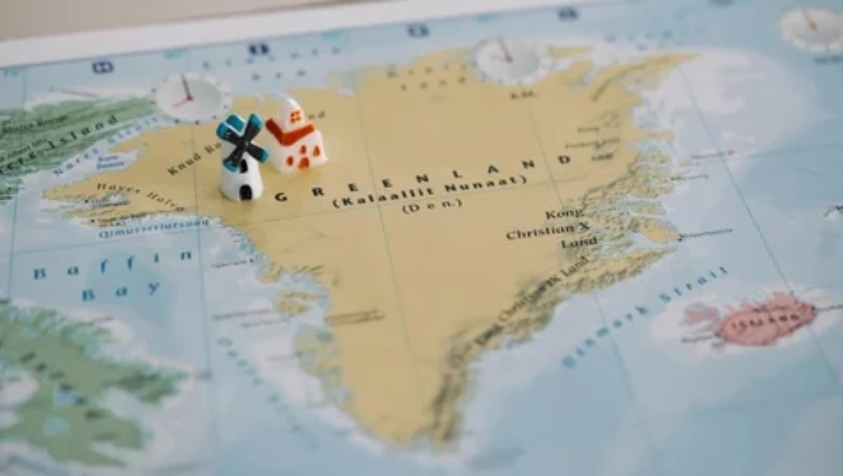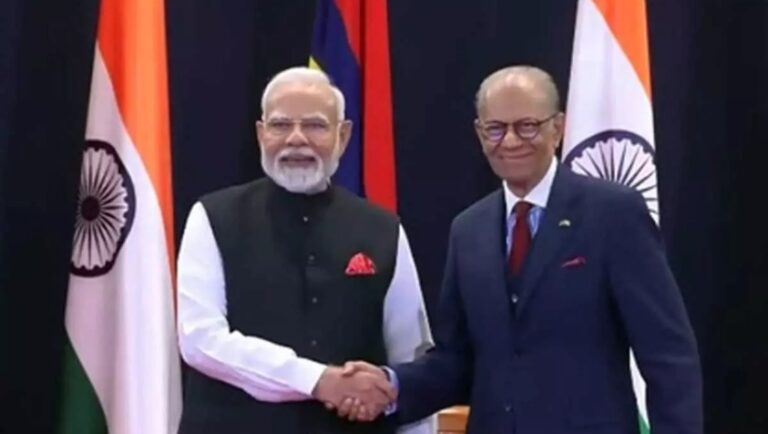
Greenland at the Crossroads: Independence, US Interests, and Denmark’s Push for Unity
Greenland finds itself at the center of a geopolitical storm, as Denmark reinforces its ties to the Arctic territory, the U.S. revives its interest in acquiring the island, and Greenland accelerates its push for independence.
Denmark’s King Frederik recently redesigned the royal coat of arms, replacing the centuries-old Kalmar Union symbol with prominent representations of Greenland and the Faroe Islands. The new design, featuring a polar bear and ram, underscores Denmark’s commitment to retaining Greenland as part of its realm. Experts see this move as a response to Greenland’s independence aspirations and renewed U.S. interest in the island.
Meanwhile, U.S. President-elect Donald Trump has reignited his controversial proposal to purchase Greenland, citing its strategic location and rich natural resources. Trump’s son, Donald Trump Jr., is set to visit the island for private engagements, including recording content for his podcast. Despite these developments, Greenlandic leaders, including Prime Minister Mute Egede, remain firm in rejecting U.S. overtures. Egede has intensified calls for independence, describing Greenland as “not for sale” and emphasizing the need to break free from “colonial shackles.”
Greenland’s quest for autonomy stems from historical grievances and a desire to control its future. The island has taken significant steps toward independence, including presenting a draft constitution. However, its reliance on Danish subsidies and limited economic diversification complicate the timeline for a potential referendum.
The Danish monarchy’s coat of arms redesign reflects a broader strategy to assert unity, while Greenlandic leaders caution against external interference. Aaja Chemnitz, a Greenlandic MP, warned against allowing global powers to exploit Greenland’s political processes, urging citizens to prioritize domestic stability.
As parliamentary elections approach, Greenland’s leadership must navigate a complex web of aspirations for independence, external pressures, and its enduring ties with Denmark.





